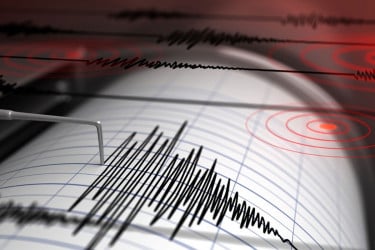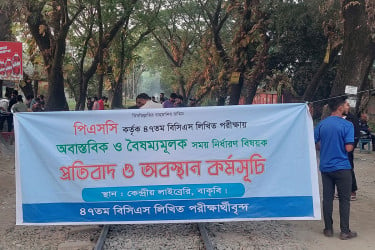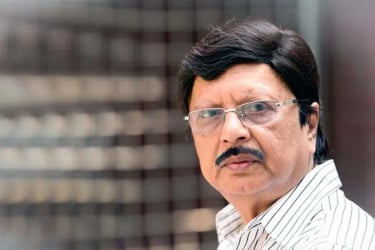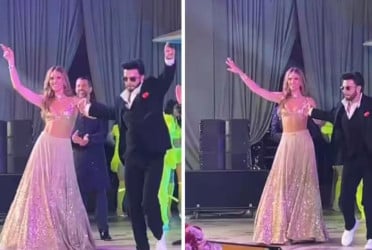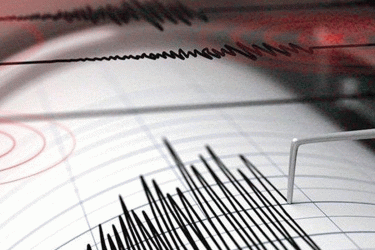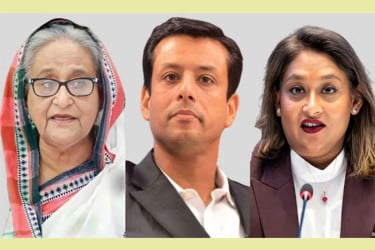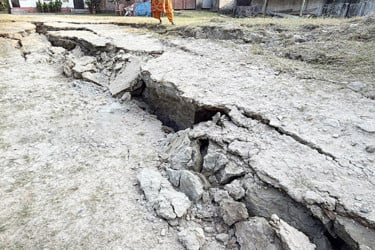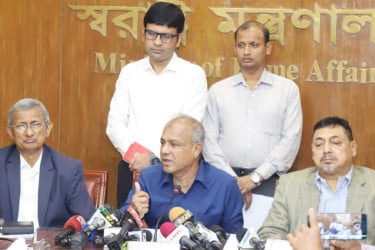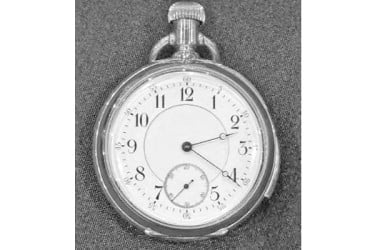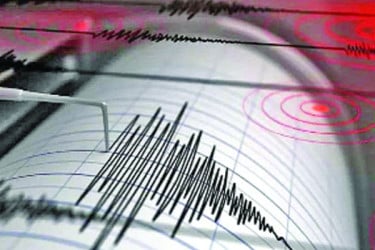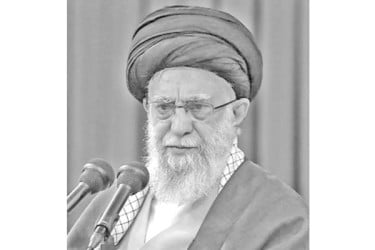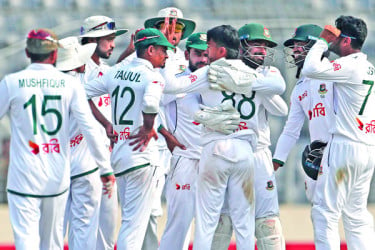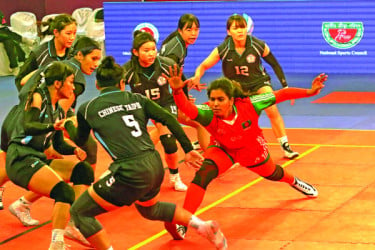কোনো কিছুর পরিমাণ, সংখ্যা বা মাত্রা বোঝাতে আমরা যেসব শব্দ বা শব্দগুচ্ছ ব্যবহার করি তাদেরকেই বলা হয় কোয়ানটিফাইয়ার্স [quantifiers]। যেমন much, many, a lot of, lots of ইত্যাদি। এসব কোয়ানটিফাইয়ার্সকে আমরা determiner এবং pronoun উভয়ভাবেই ব্যবহার করতে পারি। তবে তারা কখন determiner এবং কখন pronoun হিসেবে ব্যবহূত হলো তা কীভাবে বুঝবেন? এদের কোনো একটি যদি কোনো noun এর সঙ্গে বসে অর্থাৎ noun এর আগে বসে তাহলে তা determiner. আর যদি কোনো noun ছাড়া শুধু একাকী বসে তখন বুঝতে হবে ব্যবহূত quantifier হলো pronoun. অর্থাৎ এককথায় বলতে গেলে quantifier noun সহ এবং noun ছাড়াও ব্যবহূত হতে পারে। যাহোক, quantifier ইংরেজি গ্রামারের একটি গুরুত্বপূর্ণ বিষয়। কোনো কিছুর সংখ্যা বা পরিমাণকে সঠিকভাবে পাঠক বা শ্রোতার কাছে বোধগম্য করতে হলে এর যথাযথ ব্যবহার জানা অপরিহার্য। কিন্তু অনেকেই হয়তো এর সঠিক ব্যবহার জানেন না অর্থাৎ কোথায় কোন quantifier বসাতে হবে তা জানতে হবে। তাই ‘এসো সহজে ইংরেজি শিখি’র আজকের পর্বে এই বিষয়টি নিয়েই আলোচনা করা হলো।
much, many -এর ব্যবহার :
একবচন অগণনাবাচক বিশেষ্য [singular uncountable nouns] এর সঙ্গে আমরা much এবং বহুবচনবাচক বিশেষ্যের [plural nouns] সঙ্গে আমরা সাধারণত many ব্যবহার করি। নিচের উদাহরণগুলো লক্ষ্য করুন :
1. He does not have much money. [তার কাছে বেশি অর্থ নেই]
Not : He does not have many money.
2. How many computers are there on the table?
3. There is not much traffic today in the city streets. [আজ শহরের রাস্তায় বেশি যানবাহন নেই]
4. My child is not given much homework.
তবে যে ব্যাপারটি লক্ষণীয় তা হলো আমরা much ও many সাধারণত প্রশ্নবোধক এবং নেতিবাচক বাক্যের সঙ্গেই ব্যবহার করে থvwK [We usually use much and many with questions and negatives]
নিচের উদাহরণগুলো দেখুন :
1. How much fun did you make yesterday?
2. How many eggs are in this cake?
3. Do you think many people will come?
4. There aren’t many women priests.
Use of a lot of and lots of [a lot of and lots of এর ব্যবহার জেনে নিন] : অনানুষ্ঠানিকভাবে হাঁ-বোধক বাক্যের সঙ্গে আমরা সাধারণত a lot of, lots of ব্যবহার করে থাকি [In informal styles, In affirmative clauses we prefer to use lots of or a lot of] নিচের উদাহরণগুলো লক্ষ্য করুন :
1. I went for hangout last night with my friend and spent a lot of time.
2. You did lots of work yesterday.
3. I went shopping and spent a lot of money.
Not : I went shopping and spent much money.
তবে অধিকতর আনুষ্ঠানিকতা বোঝাতে আমরা হ্যাঁ-বোধক বাক্যের সঙ্গেও কখনো কখনো much, many ব্যবহার করি। [In affirmative clauses we sometimes use much and many in more formal styles] নিচের বাক্যটি লক্ষ্য করুন :
১. Thesedays there is much concern about the continuing rise of terrorism in the country as well as worldwide.
2. The government should take many steps to contain the rise of terror activities.
Further usages of a lot of and lots of [a lot of ‰es lots of এর আরও কিছু ব্যবহার] :
আমরা ইতিমধ্যে বলেছি যে কোনো কিছুর অনানুষ্ঠানিক ব্যবহার বোঝাতে হ্যাঁ-বোধক বাক্যে আমরা mPivPi a lot of ‰es lots of ব্যবহার করি। তবে অনানুষ্ঠানিকভাবে হ্যাঁ-বোধক, প্রশ্নবোধক ও নেতিবাচক সব ধরনের বাক্যের বেলাতেই বহুবচন গণনাবাচক ও একবচন অগণনাবাচক উভয় ধরনের বিশেষ্যের ক্ষেত্রেই আমরা এদের ব্যবহার করতে পারি। নিচের উদাহরণগুলো লক্ষ্য করুন :
1. We’ve got lots of things to do.
2. He has a lot of money.
3. There weren’t a lot of choices.
4. Can you hurry up? I don’t have a lot of time.
5. Are there a lot of good players at your tennis club?
6. Have you eaten lots of chocolate?
একটি বিষয় মনে রাখতে হবে a lot of এর চেয়ে Lots of অধিকতর বেশি অনানুষ্ঠানিক।
So much, so many এর ব্যবহার :
হ্যাঁ-বোধক বাক্যে সংখ্যায় বা পরিমাণে কোনো কিছুর আধিক্যের উপর জোর দিতে আমরা much ও many এর পূর্বে very ব্যবহার না করে আমরা so ব্যবহার করি| [We use so rather than very before much and many in affirmative clauses to emphasize a very large quantity of something ] নিচের উদাহরণগুলো দেখুন :
১. He has so much money! [সে বহু অর্থের মালিক]
Not : He has very much money!
2. There were so many jobs to do.
















